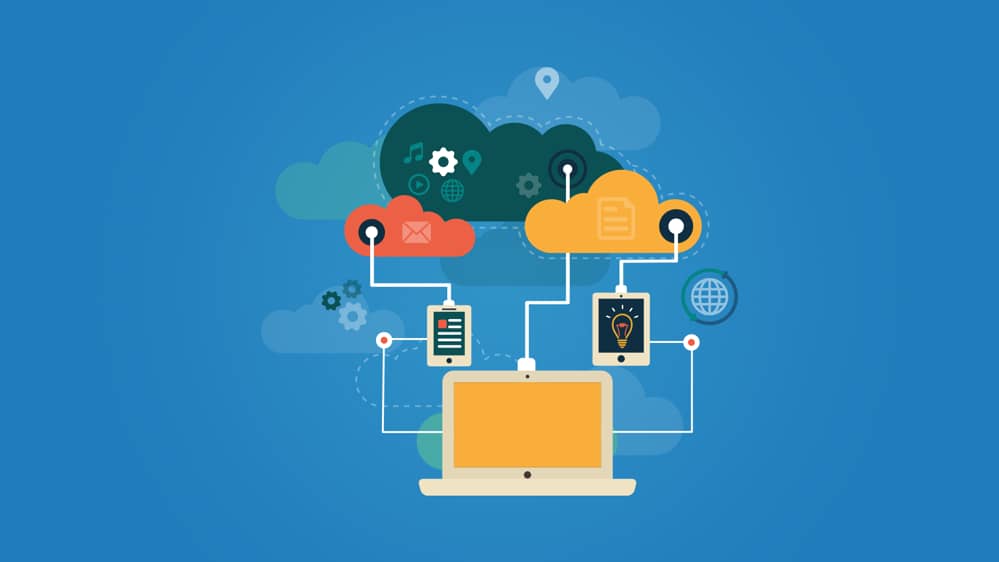AWS Certified Solutions Architect Professional Exam Guide
Cloud computing is emerging as formidable competition to traditional servers worldwide, making it easier for companies to host data and borrow servers from other companies without have to pay extra co...
- All levels
- English

Course Description
Cloud computing is emerging as formidable competition to traditional servers worldwide, making it easier for companies to host data and borrow servers from other companies without have to pay extra costs for maintaining a physical server. Amazon has become a recognized name in the cloud computing world, with the introduction of its AWS or Amazon Web Services. It has also become the leading voic...
Cloud computing is emerging as formidable competition to traditional servers worldwide, making it easier for companies to host data and borrow servers from other companies without have to pay extra costs for maintaining a physical server.
Amazon has become a recognized name in the cloud computing world, with the introduction of its AWS or Amazon Web Services. It has also become the leading voice for the cloud community
See more See lessWhat you’ll learn
- Comfortable enough to not only take the certification exam, but also pass the exam
- Be able to design an optimal system that meets system requirements
- Maximize characteristics such as scalability, security, reliability, durability and cost effectiveness.
- Evaluate project requirements and make recommendations for implementations, deployment and provisioning applications on AWS.
- You will understand all major concepts that are a part of the exam including theoretical concepts.
Covering Topics | Program Insights
Section 1 : Introduction
Section 2 : Virtual Private Clouds
Section 3 : AWS Kinesis
Section 4 : AWS SQS
Section 5 : AWS Data Pipelines
Section 6 : AWS Direct Connect
Section 7 : AWS CloudTrail
Section 8 : AWS CloudFront
Section 9 : AWS CloudSearch
Section 10 : AWS EMR
Section 11 : Elastic Load Balancers
Section 12 : Theoretical Concepts
Section 13 : Summary
Curriculum
Frequently Asked Questions
This course includes
- Lectures 28
- Duration 1.5 Hour
- Language English
- Certificate No





